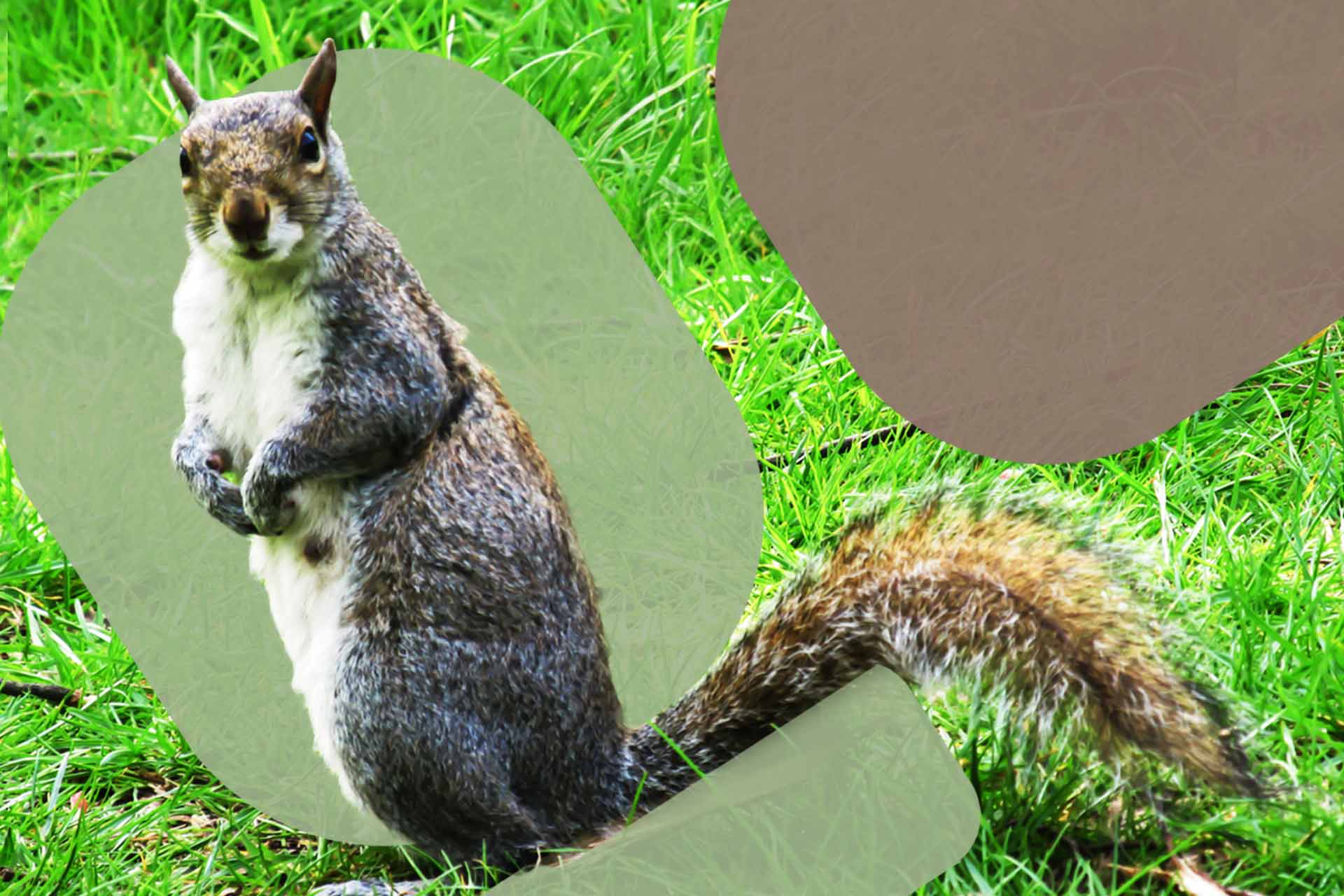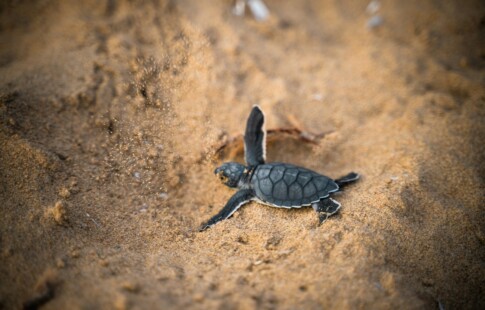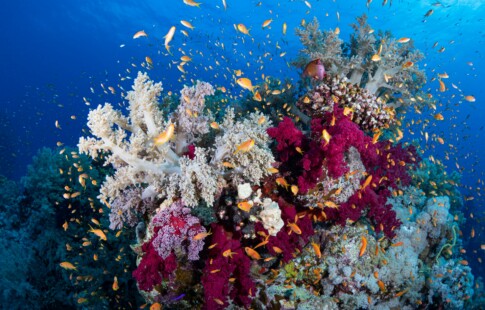
How Do Invasive Species Affect Biodiversity?
We are reader-supported. When you buy through links on our site, we may earn affiliate commission.
In spring, warm weather brings us to our gardens. When designing the layout of our landscape, we are usually more concerned with our chosen plants’ aesthetics rather than their environmental impact. However, when you include exotic flowers in your display, they may spread to neighboring regions and compete with native species for vital resources. These invasive species can affect biodiversity.
Scientists refer to these foreign flowers placed in non-native regions as exotics. If they start outcompeting local wildlife or causing other harmful ecological effects, then they’re dubbed invasive species. Invasives may pose severe risks to the well-being of the global ecosystem. To understand this effect, we first must evaluate invasive species independently.
What Are Invasive Species?
Invasive species are plants or animals from specific regions that intrude on a different environment. They may be planted in a new climate accidentally or intentionally, and most often by people.
As many individuals witnessed in the infamous “Tiger King” documentary, there is a large market for exotic pets. When families take on foreign pets that are difficult to manage, the animals can escape, or owners may release them into the wild. If the land they invade acts as a suitable home, they may settle there for life.
Similarly, homeowners enjoy displaying foreign plants around their houses. Ornamental species are lovely additives to a dull room, but they must remain inside the home. When residents realize that their house plant is turning, they often throw them outside as a means of disposal. The seeds from these foreign species can spread in a non-native habitat, invading the new region.
Some of these animal and plant species are harmless, like palm trees in Florida. These tree species were imported from South America and Asia to increase the newfound land’s aesthetic atmosphere. This greenery fits seamlessly with other plant and animal species in the south, but this is not always the case.
Many invasive species affect local ecosystems, like the zebra mussel. Boats carried the mollusks all over the world because they were attached to the bottom of the vessels. Although ship workers were unaware of this occurrence, human interference and mismanagement caused them to spread.
Zebra mussels proliferate in varying climates. They filter water in an area that restricts resources necessary for the survival of plankton. When plankton numbers shrink, fish that rely on them for food become endangered, and the ripple effect continues to spread aquatic destruction.
What Is Biodiversity?
When native species become impacted by the presence of invasive species, it affects local biodiversity. The variety of plants and animals that function together to make up an ecosystem defines a region’s biodiversity. Ecological reliance supports the vitality of all species, as you can see in the food chain.
Researchers estimate that between 5 and 10 million different species inhabit the Earth. These organisms exist because of their place in the global ecosystem. Biodiversity promotes systems that supply oxygen, treat water, clean the air, control pests, pollinate plants, and more.
Outside of ecological support, biological variety also supports our economy. Humanity relies on the production and consumption of raw materials for employment and progress. Moreover, biodiversity also supports outdoor recreational activities like hiking and camping.
Without ecological variety, animals and plants fail to maintain the land. Different species impact soil in supportive ways, like promoting irrigation, producing nutrients, and providing protection. When previously common organisms lack a presence in a region, the land can become unsuitable for either animal or human use.
How Invasive Species Affect Biodiversity
When alien species invade foreign regions, they throw off the ecosystem’s balance and cause environmental degradation.
Scientists identified over 400 species currently on the endangered species list due to invasive species interference. Foreign species continue to destroy habitats, deplete resources, and act as predators to previously protected organisms.
The leading factor of freshwater fish endangerment and extinction is invasive species. If humanity continues to mismanage resources, pets, plants, and other wildlife, our global ecosystem will crumble. A dysfunctional ecosystem will restrict humanity’s access to food, raw materials, clean water, and more.
Fortunately, humanity drives this destruction, which means we can also stop it. There are various ways to properly manage local plant and animal species to restrict invasive species interference and destruction.
How You Can Help
Although exotic pets and plants may be aesthetically appealing, individuals can appreciate them from a distance. When building a garden, plant native flowers to promote protection against invasive species. You can also fish with local bait rather than adding foreign worm or fish species to local waters.
Individuals should also use local wood when building fires rather than carrying alien logs, along with their critters, into a new environment.
Before adopting a new pet, planting new vegetation, or interacting with different organisms, research which species are native and foreign to your home. When in doubt, stick to what you know. Exotic organisms may be beautiful, but their destructive effects are ugly.
Share on
Like what you read? Join other Environment.co readers!
Get the latest updates on our planet by subscribing to the Environment.co newsletter!
About the author

Jane Marsh
Starting from an early age, Jane Marsh loved all animals and became a budding environmentalist. Now, Jane works as the Editor-in-Chief of Environment.co where she covers topics related to climate policy, renewable energy, the food industry, and more.





